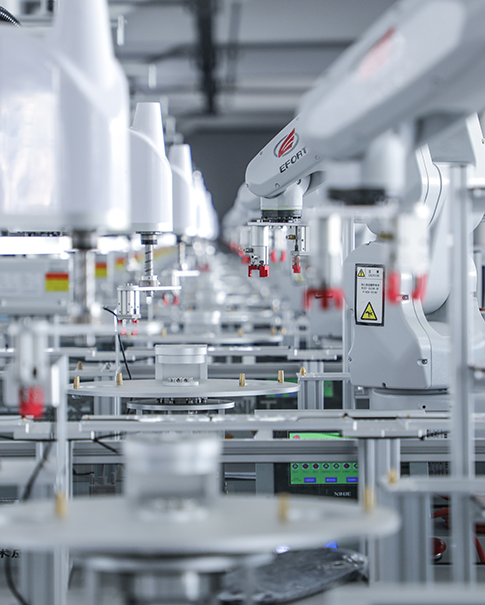In industrial fields such as small and medium-sized chemical plants, building materials, and municipal industries, the competition between large Programmable Logic Controllers (PLCs) and Distributed Control Systems (DCS) is becoming increasingly fierce. Although both are mainstream control solutions in industrial automation, they have distinct technical characteristics. PLCs originated from relay logic control and are inherently good at handling discrete quantity and sequential control tasks. In contrast, DCS emerged from process control requirements and is specifically designed for continuous production processes, with strong capabilities in analog quantity processing and complex algorithm operations. These fundamental differences determine their different roles in industrial scenarios.
On the other hand, DCS systems feature a distributed architecture and redundant design, which are tailored for process industries. In the control of distillation columns in chemical production, DCS can handle hundreds of analog signals such as temperature, pressure, and flow simultaneously. It adjusts valve openings in real-time through PID algorithms to optimize distillation efficiency. Its unique configuration software supports the programming of complex control strategies and can even integrate advanced control algorithms (such as predictive control), which is a technical advantage that traditional PLCs struggle to match.
Notably, in the rotary kiln control of the building materials industry, large PLCs are gradually penetrating the traditional DCS territory due to their modular design and cost-effectiveness. A medium-sized cement plant achieved coordinated control of kiln rotation speed and fuel ratio through a PLC redundant system, reducing the cost of the control system by 30% while ensuring production stability.
The competitiveness of large PLCs lies in their flexibility and cost-effectiveness. Their standardized communication interfaces (such as Modbus, Profinet) facilitate integration with third-party devices, and small PLC modules can even be purchased directly on e-commerce platforms. However, when handling complex processes with more than 500 control points, the program scan cycle of PLCs will significantly extend, potentially causing control delays. This is an important reason why they can only serve as auxiliary systems in large petrochemical projects.
Current market data shows that in small and medium-sized industrial projects (with ≤1000 control points), PLCs have a market share of 65%, mainly due to the cost control requirements of small and medium-sized enterprises. In large-scale process industries (such as ten-million-ton refineries), DCS still dominates with a market share of over 80%. Interestingly, the technical boundaries between the two are gradually blurring. Manufacturers like Siemens and ABB have introduced "hybrid control systems" that integrate the high-speed I/O processing of PLCs and the distributed architecture of DCS, opening up new markets in emerging fields such as municipal utility tunnels and smart factories.
Conclusion: Selecting the Right Solution for Maximum Return on Automation Investment
Future trends indicate that with the popularization of industrial Internet and edge computing, large PLCs will increasingly undertake the equipment control tasks of edge nodes, while DCS will extend to the cloud, focusing on big data analysis and optimization of production processes. This collaborative model of "edge control + cloud optimization" is reshaping the technical landscape of industrial automation.Email us
Reply within one working dayVisit us
32D Guomao Building, No.388, Hubin South Road, Siming DistrictDisclaimer : Salesplc sells new and surplus products and develops channels for purchasing such products. This website has not been approved or recognized by any of the listed manufacturers or trademarks. Salesplc is not an authorized distributor, dealer, or representative of the products displayed on this website. All product names, trademarks, brands, and logos used on this website are the property of their respective owners. The description, explanation, or sale of products with these names, trademarks, brands, and logos is for identification purposes only and is not intended to indicate any association with or authorization from any rights holder.
Copyright @2024 SalesPlc Limited. Sitemap
/ Blog
/ XML
/ Terms And Conditions
/ Privacy Policy
 Network Supported
Network Supported
